1 Electronics concept
The center of the electronics in the Octa-Mix is represented by the main board. It is the center of communication and the master that controls all slaves. Furthermore, all configurations are stored on this board and the user data is translated into commands for the other modules.
The power supply, i.e. the battery and the optional solar module, is connected via the supply module (energy module). This board has a measuring circuit for battery level measurement and the connections for the solar module and the charger.
To check and control the temperature, there is the temperature module. It reads the data from the interior temperature sensor and, if necessary, switches the compressor on or off.
Furthermore, there is also a temperature sensor on each of the hybrid and dosing modules to check the temperatures of the liquids in the tanks.
The liquids are dispensed in the Octa-Mix by two different methods:
- Peristaltic pump (peristaltic squeeze pump)
- Vacuum pump (artificial overpressure in the container).
However, since only two of the eight containers are equipped with the additional vacuum pumps, there are only two hybrid modules; these have connections for a peristaltic pump, a vacuum pump, and a solenoid valve. The rest of the tanks only receive a normal dosing module, which only has connections for a peristaltic pump.
In order to connect all boards and to guarantee an optimal communication and power supply, a small, simply designed distribution board is used.
2 Circuit board concept
The board concept of the Octa-Mix gets along with three different board layouts, which makes it very resource-saving!
The three board layouts are:
- Main board:
- Global control
- Communication with cell phone app and touch screen
- Level detection
- Cup detection
- Mixer control
- Battery board:
- Battery connection
- Battery level measurement
- Connection of the solar module
- Slave board:
- Dosing module:
- Dosing of liquids with the help of peristaltic pumps
- temperature measurement of the tank
- Hybrid module:
- dosing of liquids by means of peristaltic pumps
- Dispensing of liquids with the help of overpressure
- Temperature measurement of the tank
- Temperature module:
- Measurement of the internal temperature
- Control of the cooling compressor
- Dosing module:
- Distribution board
- Connecting all boards
- Connecting all boards
The slave board is assembled differently according to the requirements of the three different modules.
3 PCB Design
The program used to design the PCBs is Autodesk EAGLE.
3.1 Main board
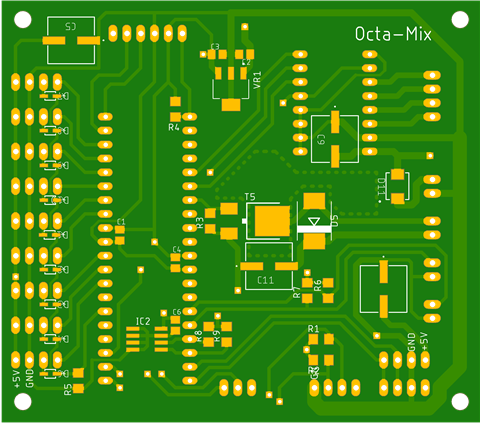
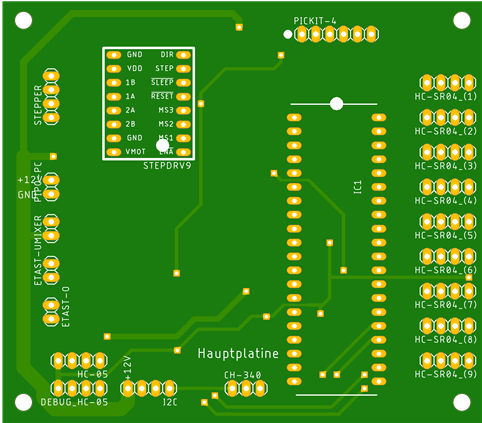
3.2 Slave board
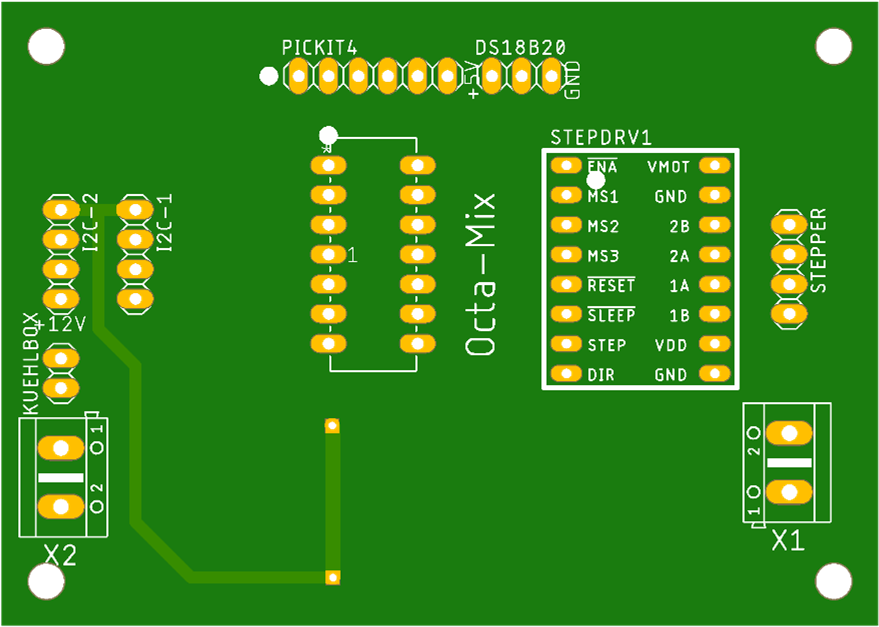
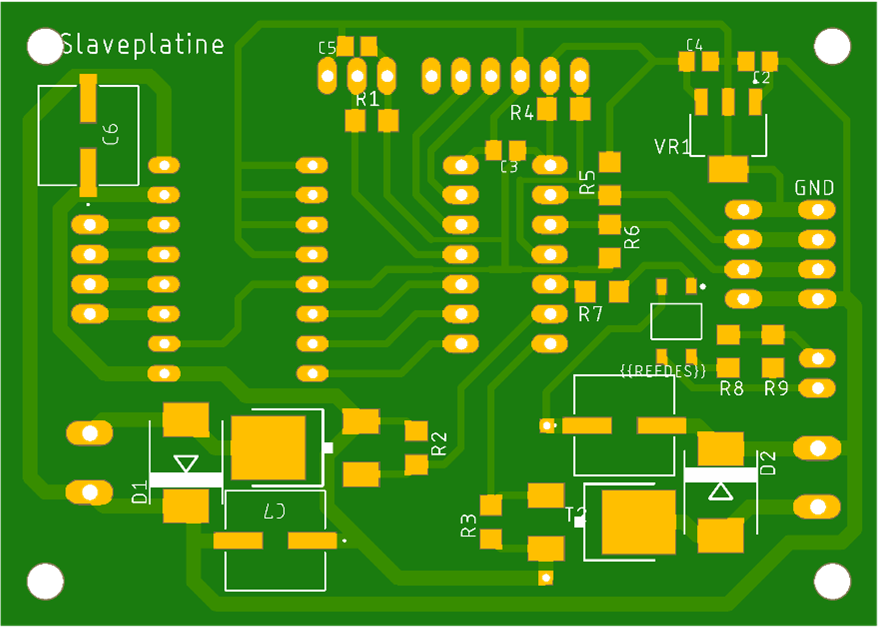
3.3 Battery board

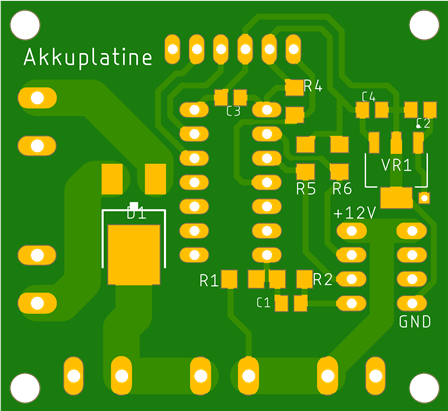
4 PCB production
Since we are sponsored by the PCB manufacturer JLCPCB, we naturally had our boards manufactured there. JLCPCB is fast, reliable and delivers high quality boards for a very reasonable price. To keep shipping costs down, we decided to order 5 boards, each containing two slave boards, one main board and one battery board, and then cut them apart. Only our distributor board we made in the HTL-Rennweg, because the need for it only arose after the order was placed with JLCPCB.
4.1 PCB ordering

5 PCB assembly
The boards were assembled after cutting, by hand by our electronics engineer Konrad Dobetsberger. Why didn't we decide to use the soldering oven? Quite simply, manual assembly has the advantage that each board can be assembled step by step and the added components can be checked after each step.
 F1b9a14
F1b9a14
Discussions
Become a Hackaday.io Member
Create an account to leave a comment. Already have an account? Log In.